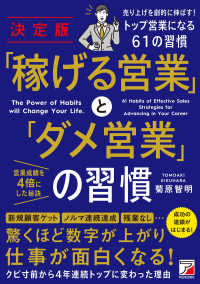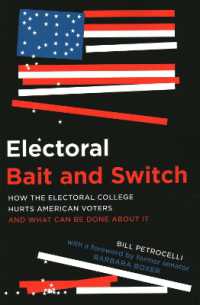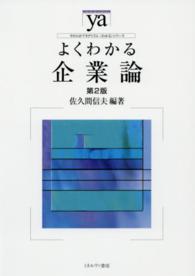Full Description
James Ensor (1860-1949) was a Belgian painter known for his provocative and innovative works, often featuring masks and grotesque figures. Through mediums like etching and lithography, Ensor delved into themes of existential exploration and the macabre. His graphic oeuvre showcases his mastery of line and form, inviting us into a realm where masks, skeletons, and surreal landscapes converge to challenge conventions and provoke thought. But how did Ensor make prints? What techniques did he use? Which old masters inspired him and in what way did he experiment with this medium? James Ensor and the Graphic Experiment gathers the most remarkable results of Ensor's graphic experiments: preparatory drawings, copper plates and various states of prints.
Image © Museum Plantin-Moretus, Antwerp
Contents
7 Director's Note
Iris Kockelbergh, Director Museum Plantin-Moretus
9 Foreword
Willemijn Stammis, Curator of Modern Collections Museum Plantin-Moretus
11 States of Imagination
Willemijn Stammis
25 The Print as Unique Object. On the Creation of Ensor's Special Impressions
Izanna Mulder
47 Jaune Soufre & Acide Bleu. On Ensor's Etching Techniques
Ad Stijnman
77 "Sublime by Mystery". On Ensor's Quest for Light
Izanna Mulder
101 Phantasmagoria & Psychograms. On the Reception of Ensor's Etchings
Herwig Todts
124 Glossary
125 Index
126 Bibliography







